Sid Meier's Pirates! Allowed Gamers to Become Swashbucklers
Hoisting the anchor

Pirates from the 17th and 18th centuries have captured imaginations like few other groups. It might be the combination of danger, beautiful locales, illicit activities, and freedom that makes it such a rich historical field. In order to capture that essence, a game needs to be proficient in various things: it must be a ship simulator, a fencing simulator, a maritime trade simulator, and a naval battle simulator. The wide-ranging activities of pirates always presents a challenge to developers. Sid Meier's Pirates! created one of the best approaches back in 2004.
Steps that wind through time
The lineage of Sid Meier's Pirates! started in the year 1987. That’s when MicroProse released the first version of the game, which deviated from the developer’s usual fare of flight and military simulators. Sid Meier explored other facets with his new game.
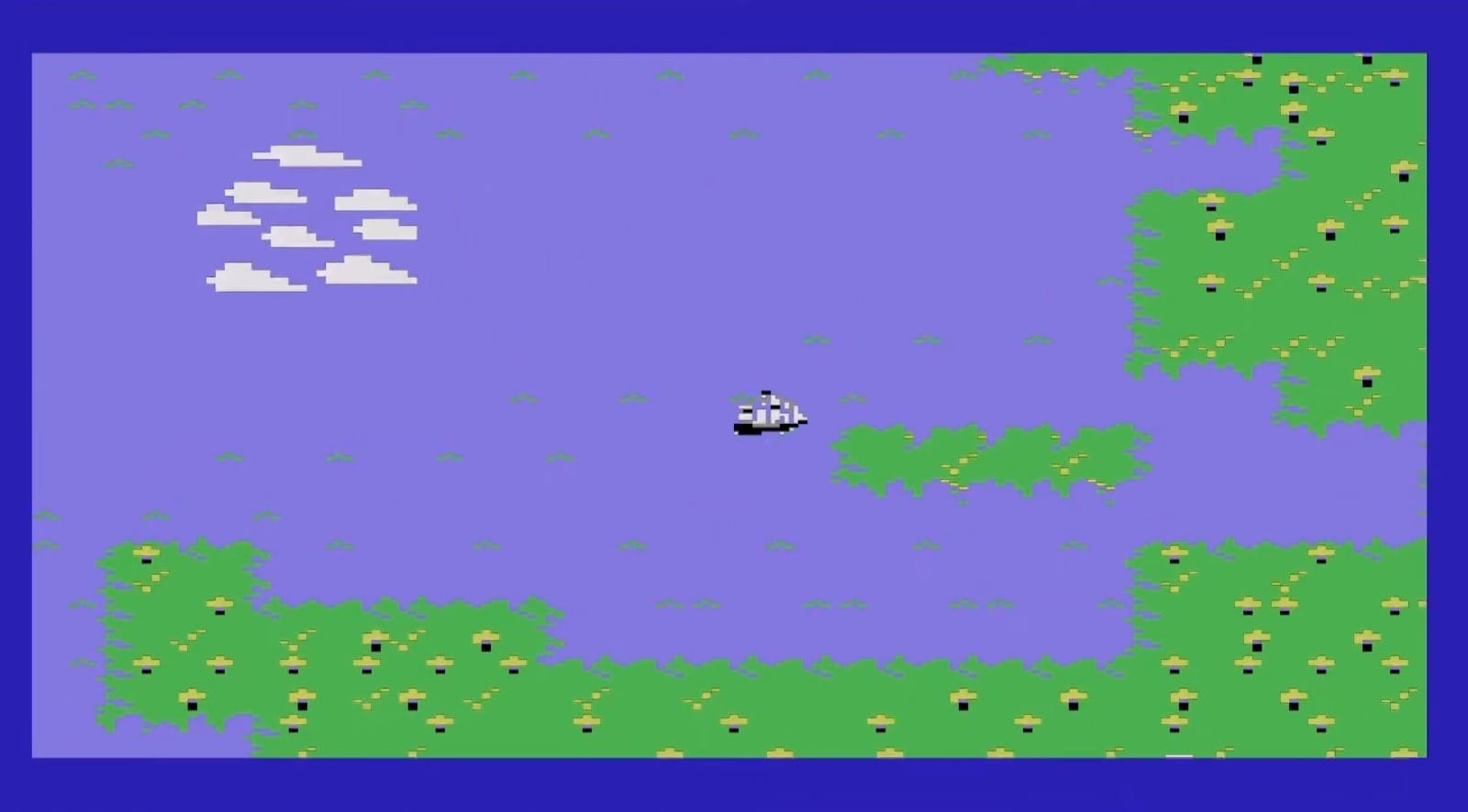
It made an impact. This type of fluid open-world game, which appealed to a variety of audiences, was still quite a rarity. It captured players’ imaginations because the world reacted to their choices — circumstances forced them to make choices that also shaped the world.
Pirates! became a springboard for Sid Meier. After this game, he moved on to famous projects like Sid Meier's Railroad Tycoon, Sid Meier's Civilization, and Sid Meier's Alpha Centauri. The one that started the experimentation would not be forgotten.
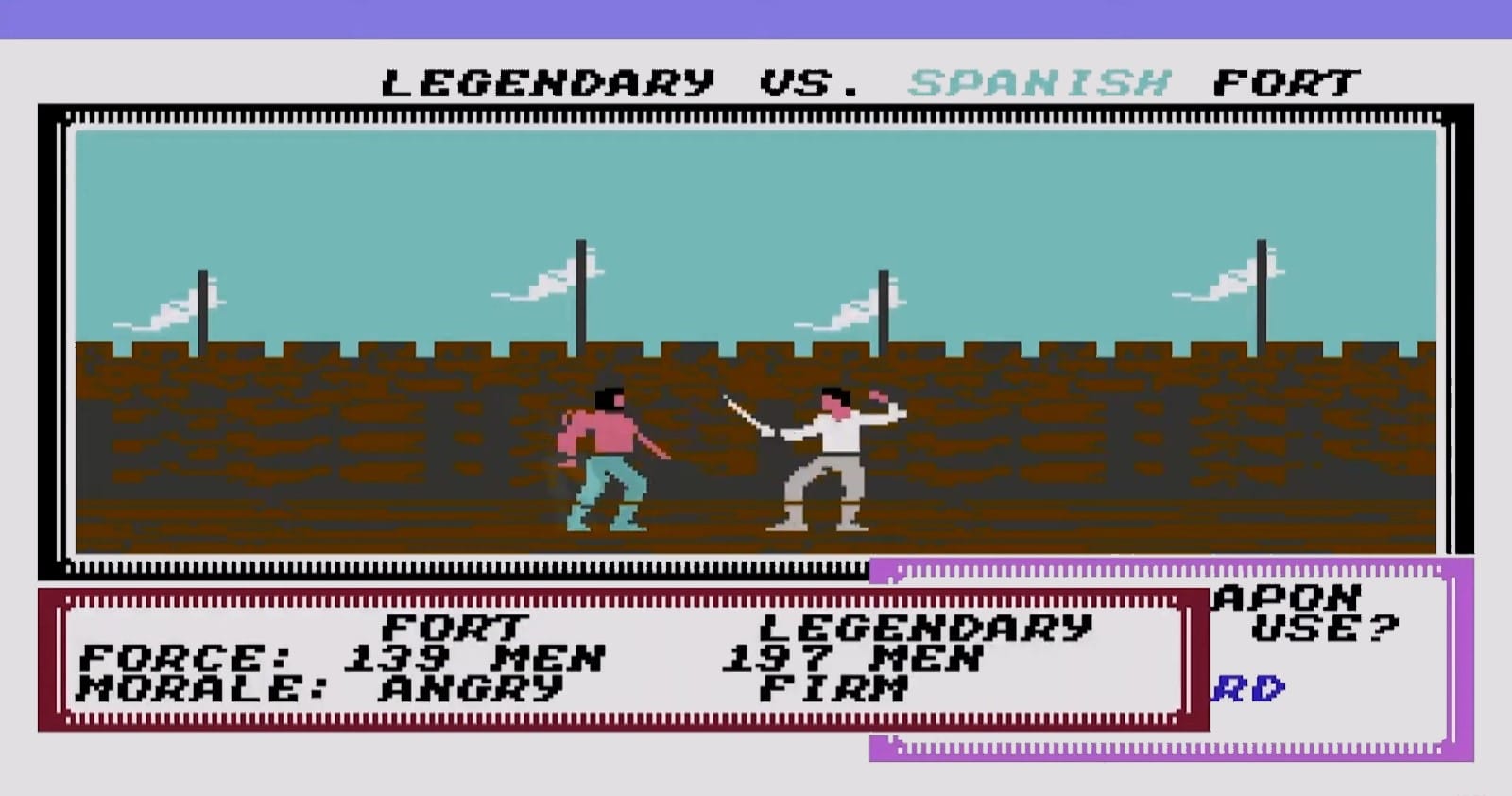
For a new age
Sid Meier was again at the helm to reimagine his pirate game, now with Firaxis Games, a company he had co-founded in 1996. He didn’t copy himself verbatim, though. The new version added features, like a challenging ballroom dancing mini-game.
This was an interesting case where the original creator got the chance to reimagine one of their titles almost 2 decades later. With more powerful technology, the development team could create more realistic ship dynamics, along with a large 3D environment.
Still, the version from 2004 kept what worked for its forbearer. Once again, the game lets you loose in a sandbox. You are free to forge a path that appeals to your tastes. If you want to be a trader, you can sail to different ports, capitalize on the changing commodity prices, and build your wealth. Alternately, the player can focus on treasure hunts.
Because the character will die at a certain age, the player has a finite amount of time to achieve what they want.
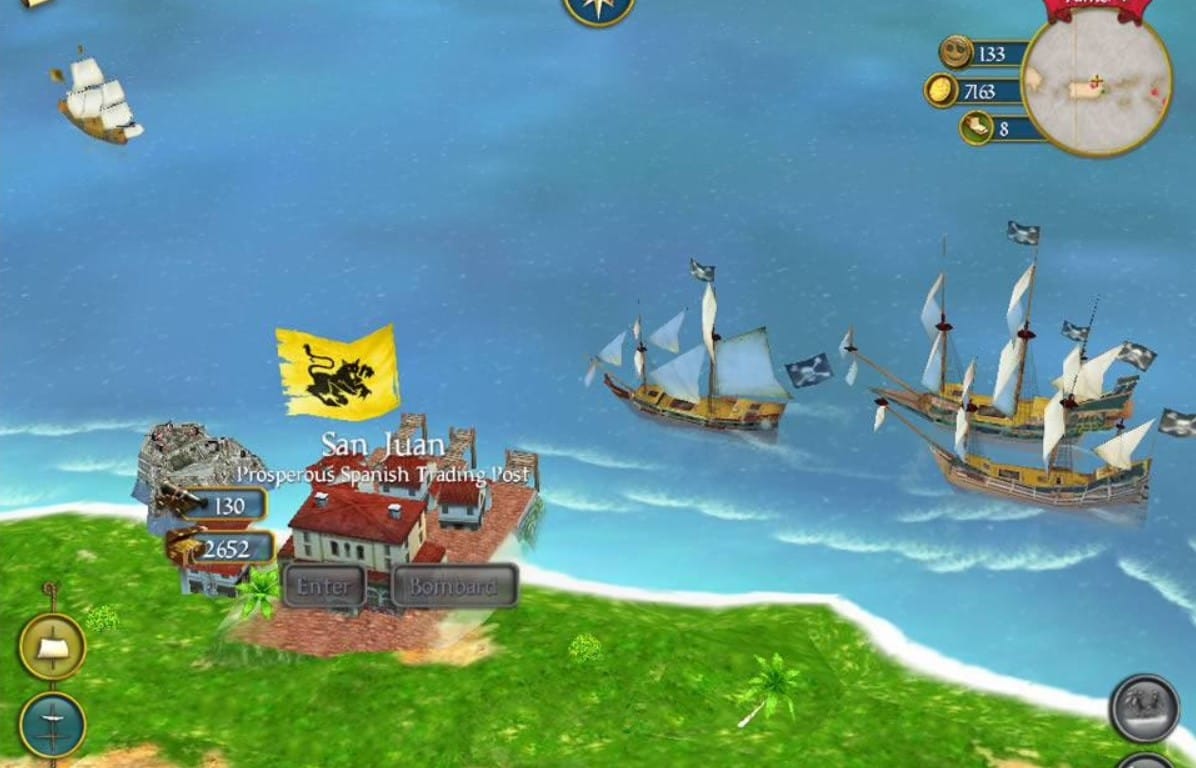
There’s no multiplayer available in the 2004 PC version (although Xbox and PSP versions would add certain multiplayer features), but the AI is so lively that it makes up for its absence. Famous pirates sail the seas with their own agendas, for instance. The 4 colonial powers — the English, Spanish, French, and Dutch — also vie for control of the region. The player can try to foster relationships with these factions, although they might also draw the ire of others through their actions, too.
The player’s character ages as the years slip through the hourglass. Because the character will die at a certain age, the player has a finite amount of time to achieve what they want. This imparts a sense of urgency. It also stops the captain from seeming like an invulnerable superhero. Their actions are even more believable because they are, like us, a vulnerable human in a world full of danger.
Borders that broaden experience
Game worlds like those in Pirates! present unique challenges. With fixed paths, it’s easier to control the game feedback loop. Developers of open-world games need a firm grasp of the factors that influence their creations. Olli Tapio Leino identified key philosophical factors in 2012:
In both games and single-player computer games the players are endowed with a degree of freedom – meaning that they have the ability (and necessity) to choose between options presented. The condition of the player, who by definition desires to play, is characterized by a duality of freedom and responsibility: the game gives her a freedom of choice while simultaneously making her responsible for this freedom by resisting her project of playing.
This sleight of hand is especially important in open-world games. The games have to give the player enough freedom to feel like they have complete agency, while also working to undermine them through challenges, like enemy NPCs.
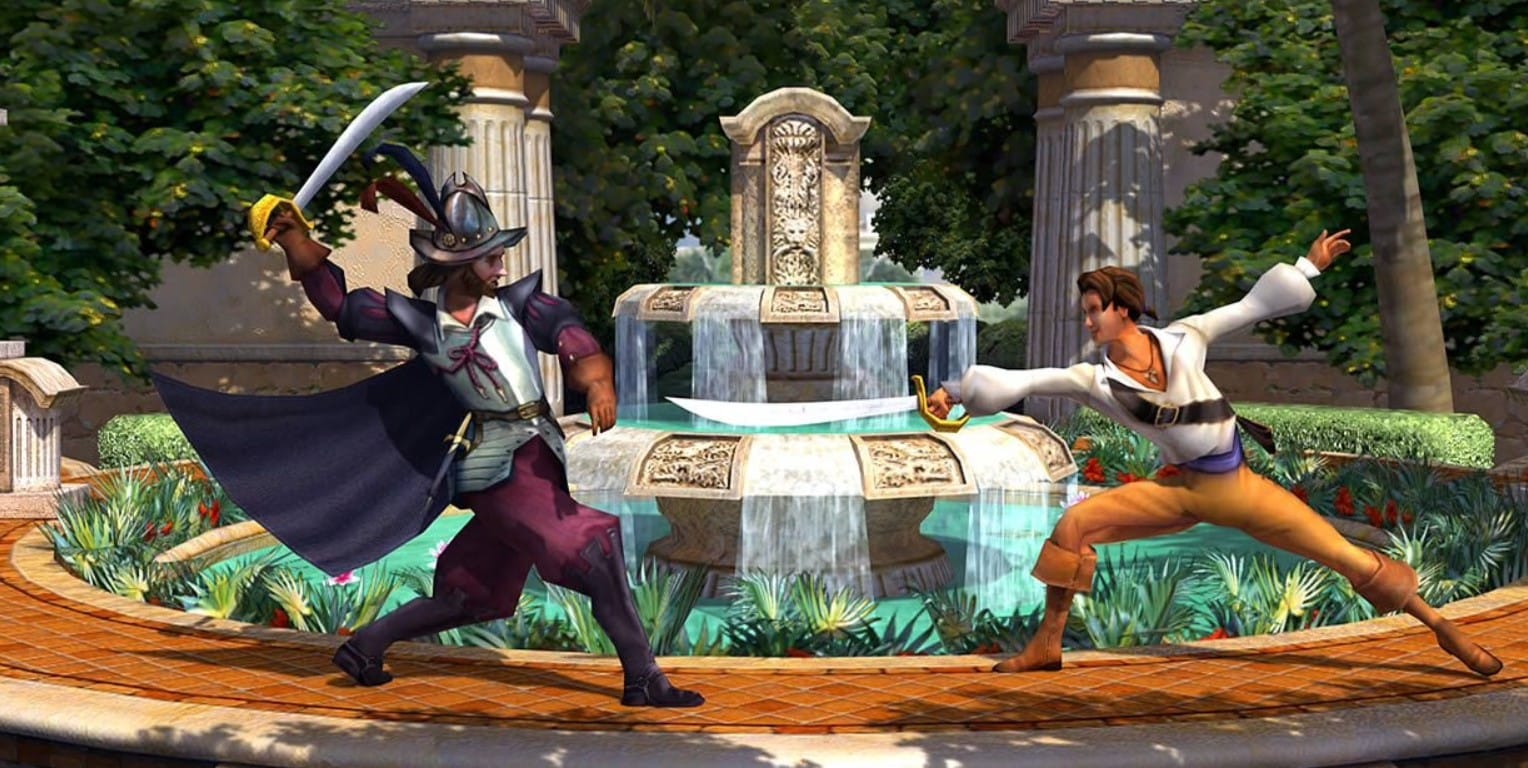
The factors that undermine the player must also be as varied as the freedom of choice. By having interesting challenges, with different difficulty levels, it strengthens the illusion of self-importance, because it signifies that the world notices your actions. The push and pull make the player imagine the world is alive.
To the open seas
Despite the march of time, Sid Meier's Pirates! remains one of the best attempts to convert the pirate’s world into electronic entertainment. Its distinct in-game possibilities are more akin to what one finds in certain board games. It works with the player’s imagination rather than against it and encourages experimentation. The dynamic world also ensures that no two playthroughs are similar, either.
A player’s view of the world isn’t restricted to the deck of a ship. What Sid Meier's Pirates! accomplishes is to chain together its different aspects to form a coherent whole. Furthermore, it isn’t daunting to new players. The depth depends on how much the player wants to push themselves, not how the game’s structures want to push the player.
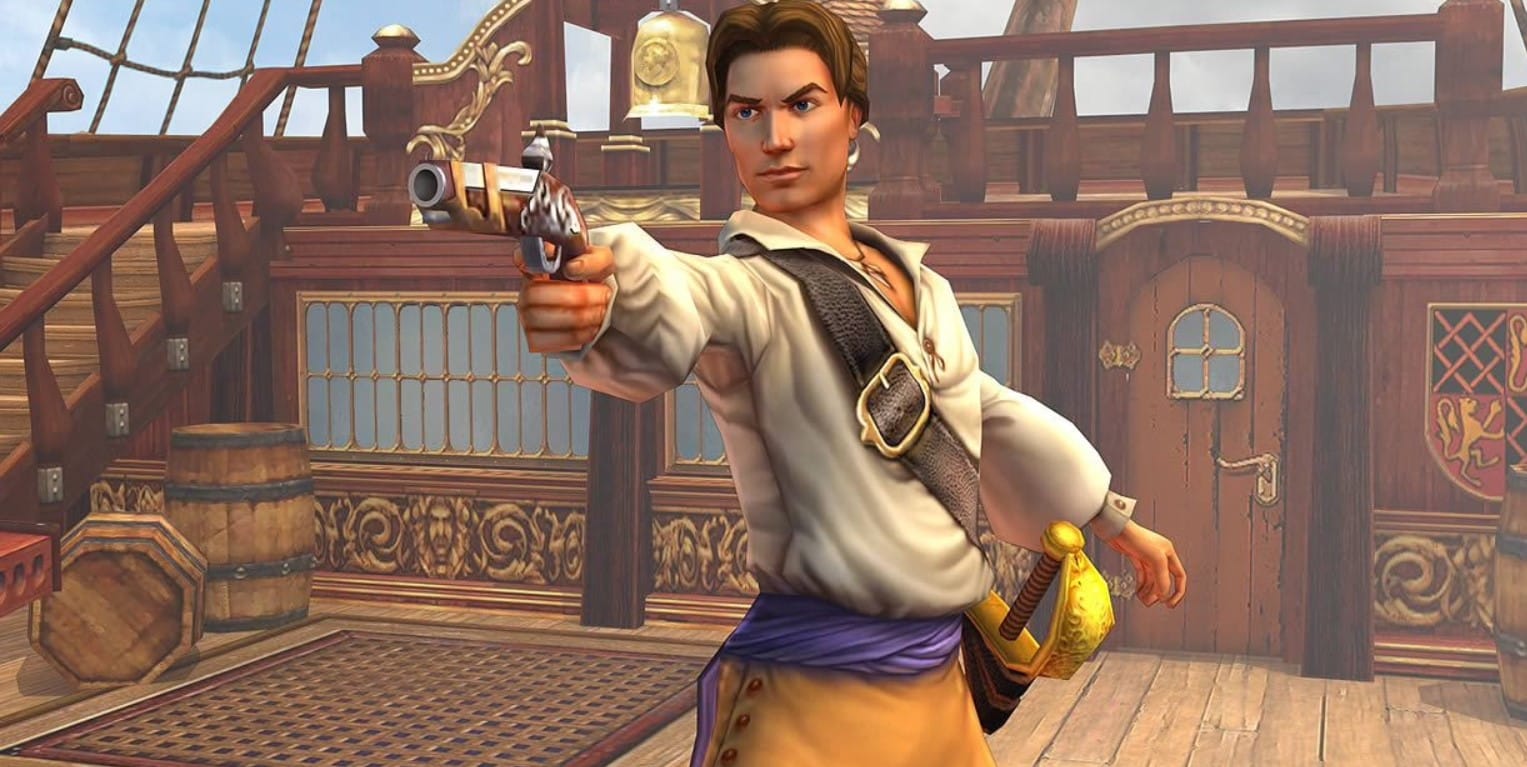
The game structure is sometimes where other pirate games make a misstep. A game about pirates should have a significant amount of freedom, otherwise it goes against the very ethos of our conception of a pirate’s life. What works in other genres, such as rigid stages, might stifle that sense of adventure.
Players want to lose themselves in a swashbuckler’s world. They want to cut free from the 9-5, traffic, and bright city lights. In-game freedom allows the player to smell the salt of the sea.
Comments
Sign in or become a SUPERJUMP member to join the conversation.